SP1-SP4:Discovering Images—The Age of MATSUMOTO Toshio

MATSUMOTO Toshio, a “moving image maker” (the first to use this title), adopted an avant-garde methodology after having begun with documentary films, and played a major role in the establishment of cutting-edge film in Japan. His first collection of essays on film theory, entitled Discovering Images spanning the years 1958 to 1963, had a powerful influence on aspiring young filmmakers of the day. He also engaged in heated debates with people like ISHIDO Toshiro and OSHIMA Nagisa. But before he was a moving image theorist or ideologue, MATSUMOTO Toshio was an excellent filmmaker. He tends to be seen as an intellectual artist, but there is a living unconscious in his works that simultaneously gives rise to the conflicting emotions of “fear” and “humor.” I attempt to trace the line of MATSUMOTO Toshio’s work that expands to include radio, TV, theater, commercials, expanded cinema, narrative films, experimental films, and installations, and bring into relief the relationship between MATSUMOTO and his era.
Interviewees MATSUMOTO Toshio / FUJIWARA Tomoko (Documentary filmmaker) / YUASA Joji (Composer) / KANZE Hideo (Noh actor / Actor) / ICHIYANAGI Toshi (Composer) / SASAKI Mamoru (Script Writer) / KUDO Mitsuru (Producer) / TAKAYAMA Hideo (Editor) / HATAYAMA Shigeru (SanIchi Shobo) / HATANO Testuo (Film Critic) / KAWANAKA Nobuhiro (Filmmaker) / KANAI Masaru (Film Director) / WATANABE Tetsuya (Film Director) / SASAKI Haku (Film Director) / KIKUCHI Shigeru (Producer) / OSHIKIRI Ryusei (Camera) / NAKAJO Syohei(Scholar of French literature) / SAKAJIRI Shohei (Film scholar) / NISHIJIMA Norio (Film scholar) / MATSUMOTO Masamichi (Athénée Français CULTURAL CENTER) / KAWAMURA Kenichiro (Film scholar)
MATSUMOTO Toshio
Moving image maker. Born in 1932. After graduating from university, worked on PR movies at Shinriken Eiga, directed Bicycle in Dream (1956). His focus then turned to avant-garde documentaries such as The Weavers of Nishijin (1961) and The Song of Stone (1963). With Funeral Parade of Roses (1969) he began making films for theatrical release, going on to direct Demons (1971), War at the Age of Sixteen (1973), and Dogra Magra (1988). He has also directed numerous cutting-edge experimental films including For my Crushed Right Eye (1968), Atman (1975), and Shift (1982). Also known as a film theorist, his major works in this field include “Eizo no Hakken” (1963) and “Genshi no Bigaku”(1976). Passed away on April 12th, 2017.
SP1 Part1: Documentary Film (137min)
137min.
MATSUMOTO Toshio’s development from his first encounter with cinema, covering his joining the “Shinriken” company and shooting Bicycle in dream, becoming a freelancer and broadening his activities from documentary films to radio, TV, and theater, and making his comeback with Mothers after having gone through a fallow period of three and half years during which he was unable to make any films.
Schedule
TOKYO:5/1 13:00 SP1 program
SP2 Part2: Expanded Cinema (153min)
153min.
The period from 1968 to tumult at the 1970 Japan World Exposition. MATSUMOTO Toshio captured this era in For my clashed Right Eye with a 3-sided multiscreen work, attempted projection on balloons, and conducted an experiment involving projecting multiple images on a giant dome decorated with carvings in the Textile Pavillion at the Japan World Exposition in Osaka. I examine the broadening of the influence of his writings such “Eizo no Hakken” and reflect on the era of the 1960s.
Schedule
TOKYO:5/1 16:00 SP2 program
SP3 Part3: Feature Films (140min)
140min.
Search for the genealogy of MATSUMOTO Toshio’s narrative films from Funeral Parade of Roses to Dogra Magra.
Schedule
TOKYO:5/2 13:00 SP3 program
SP4 Part4: Experimental Cinema (109min)
109min.
The meaning of MATSUMOTO Toshio’s silence from the 1990s onward while tracing the development of his experimental films. An exhibition at the“Dizziness device” project connected to “MATSUMOTO Toshio: Moving image revolution” at the Kawasaki City Museum.
Schedule
TOKYO:5/2 16:00 SP4 program






